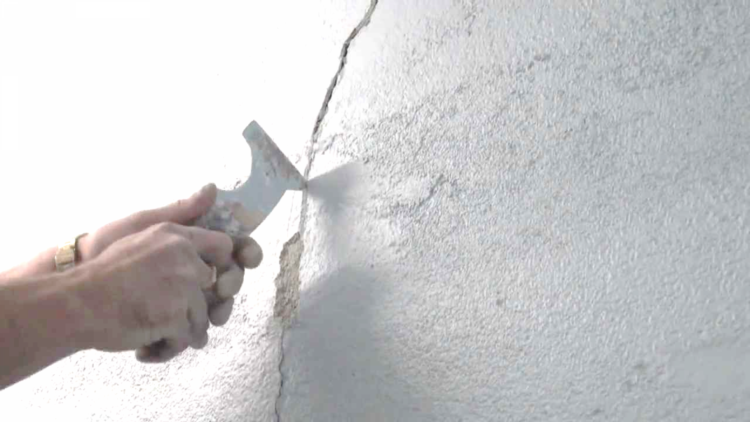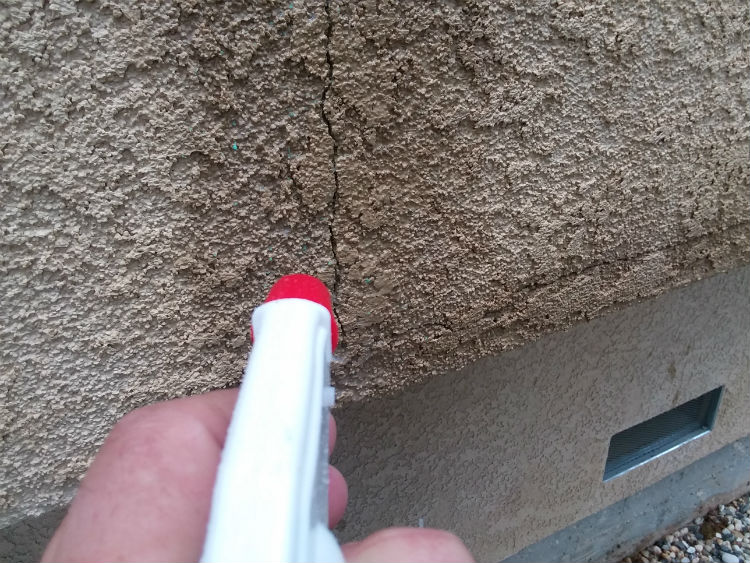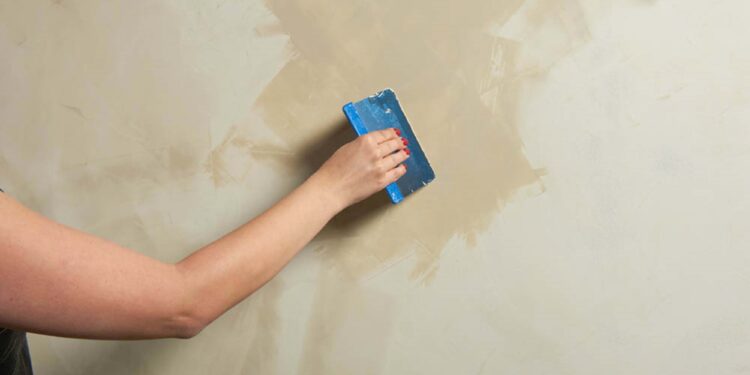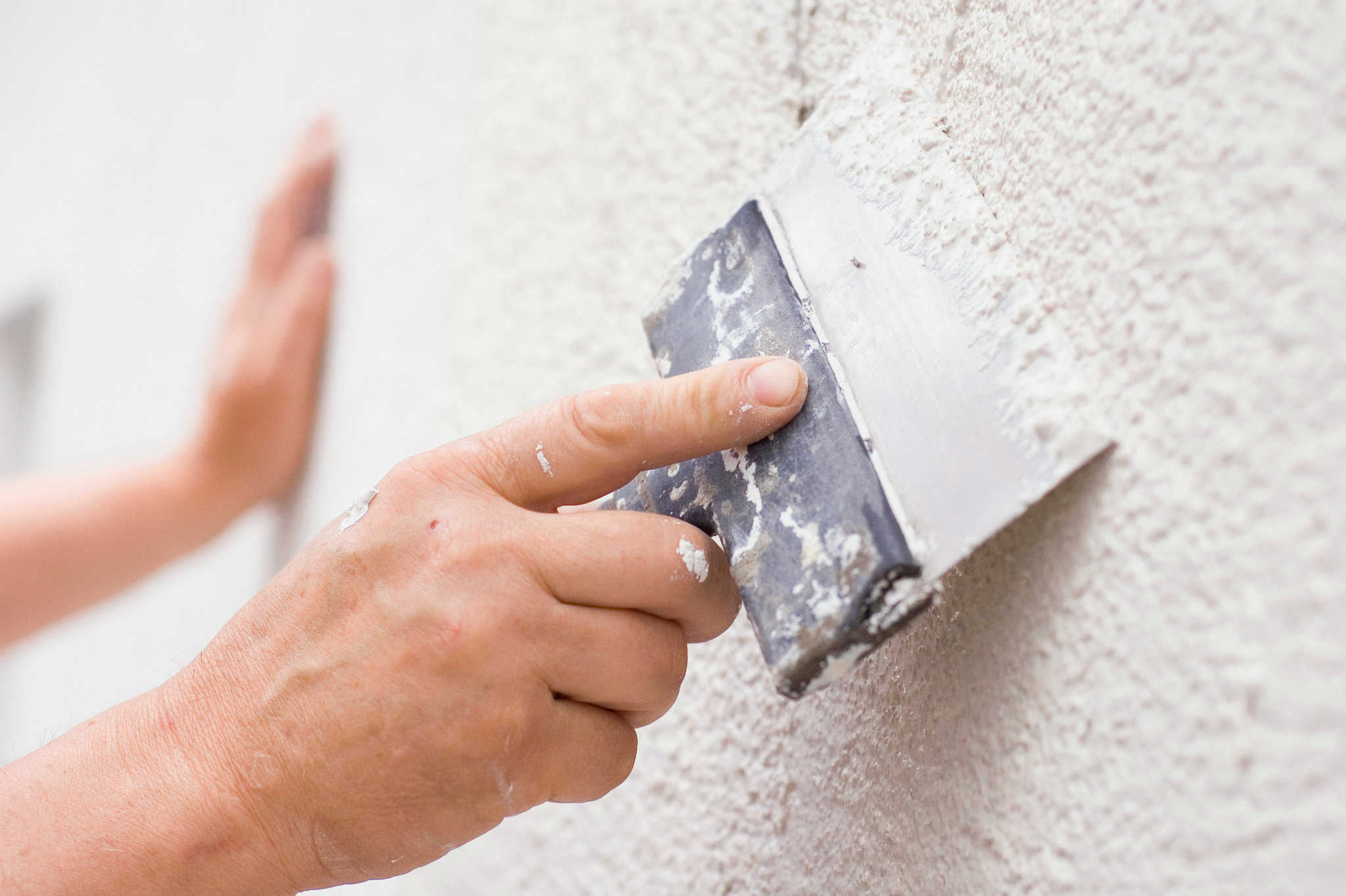Taking care of your home or office is crucial to being happy, comfortable, safe, and productive. Maintenance is key to keeping all the little as well as big aspects of a property at a high level and ensuring that all the sides are up to standard. What is more, by providing the proper care to things that break or need replacement ensures that everything and everyone remains optimal and without any sort of lacking or falling behind. Speaking or repairs, knowing exactly what needs to be done is half the job already done. When you have the know-how, all it takes is actually carrying out the action.
In this article right here and now we are exploring one of the most commonly present types of repairs in the construction industry, as well as home maintenance, and that is drywall. If your home or office, or any other property is experiencing hairline cracks in the drywall, know that there are solutions to repair it and make it look as if there was nothing there in the first place. Keep reading to learn exactly how to achieve this as well as what you will need in order to do so. A lot of cases where walls crack involve basements, so make sure to check out Michigan basement waterproofing to protect your home from these annoyances.
Why do Hairline Cracks Appear?

Before solving a problem, you should know what is causing or what already caused it. With hairline cracks in your walls, you first have to assess the situation and make sure you understand what is behind it. With hairline cracks there are actually many things that could be to blame. First of all, if they are located over or next to doors and windows, it is mostly because of settling. Over time, houses and buildings shift subtly, too little and too insignificantly for us to feel or see. The weakest areas in the walls crack due to these shifts and it can either happen immediately and remain so for years, or happen after decades. Due to how building processes work, the spots above windows and doors are usually the first to crack. The important thing is that this is not a structural issue but a common problem almost any modern wall can experience.
Another reason why walls crack is the lack of climate control inside of it, that is airing th
e rooms out and allowing fresh air in and stale air out. This mostly happens to vacation homes, second, homes, guest rooms, and generally places where people do not spend time in. Fluctuations in temperature, humidity, and airflow are all crucial for a home to remain sturdy and strong. If nobody is there to open the windows and doors, humidity and temperature changes will cause framing members and the drywall will expand, which is when cracks happen. Again, there are simple solutions to this and it is hardly the worst thing that could happen to you.
If you see discoloration around the edges of cracks, it is almost a guaranteed sign of a leak. And if it is soft and damp to the touch, there is still fresh water in there, probably from a heavy rain or a recent leak in the pipeline. Mind that locating the source of the leak and repairing it before fixing the hairline crack is the proper way of doing this here. In case you see a large, jagged, or diagonal crack, that could be a sign of a bigger structural issue and it needs a more thorough inspection. On the other hand, thin straight cracks are typically the result of faulty taping work and it is not something major to worry about.
Repairing the Hairline Cracks

Now that you know what causes it, it is time to know how to properly repair the hairline crack in your drywall. Consider the following solutions when you experience the need for this kind of repair.
Re-taping the Joint
The best and simplest wat to fix cracks in the drywall is to re-tape the very joints. Firstly, it involves scraping the loose tape and the crumbled pieces of drywall mud. Then, you sand the surfaces smooth and fill the crack with drywall compound. Finally, it is time to apply new tape. It is crucial here to have a smooth wall as well as to apply two coats of drywall over the paper tape, maybe even three. Sand each coat after you apply it after it dries before you apply the next one. This method is how most drywall hairline cracks are repaired and it is something you can do entirely on your own. Make sure never to fill in the cracks with spackle though as it is not a recommended tactic. It is not reinforced enough, not nearly as re-tapping, and settling will cause it to show up again soon.
What If I Have Plater Walls?

In case you have plaster walls, it is a more complex job than regular drywall. The surface on the wall and the wood or metal strips under it separate, which means you have to cut portions of the wall if you want to repair them the proper way. It is a straightforward process but it does involve more work than regular drywall hairline crack repair. Similar to drywall, spread the compound over the crack. Wait for it to dry, paint over it, and that is it. Again, it is of the utmost importance for the whole area to be as smooth as possible.
Other Solutions
There are also many other simple solutions that you can reach for if the hairline cracks are smaller, harder to reach, or if you simple do not want to have a lot of work on your hands. For example, if they are around outlets or switches, install bigger cover plates. Nobody will really notice why they are there and the home will look nicer either way. If you have popcorn ceilings and hairline cracks in them, patch them up. Simply match the texture with careful and light application of the sealant and it will not be noticeable at all. There are also special products that spray elastic film that stretches over cracks and contracts along with them. This is the best solution for chronic cracks that keep coming back. Then again, you can cover up the whole wall with wall liner wallpapers. Texture guns, chair rails, artwork, and instant patches are all good, simple, and quick solutions to reach for.

